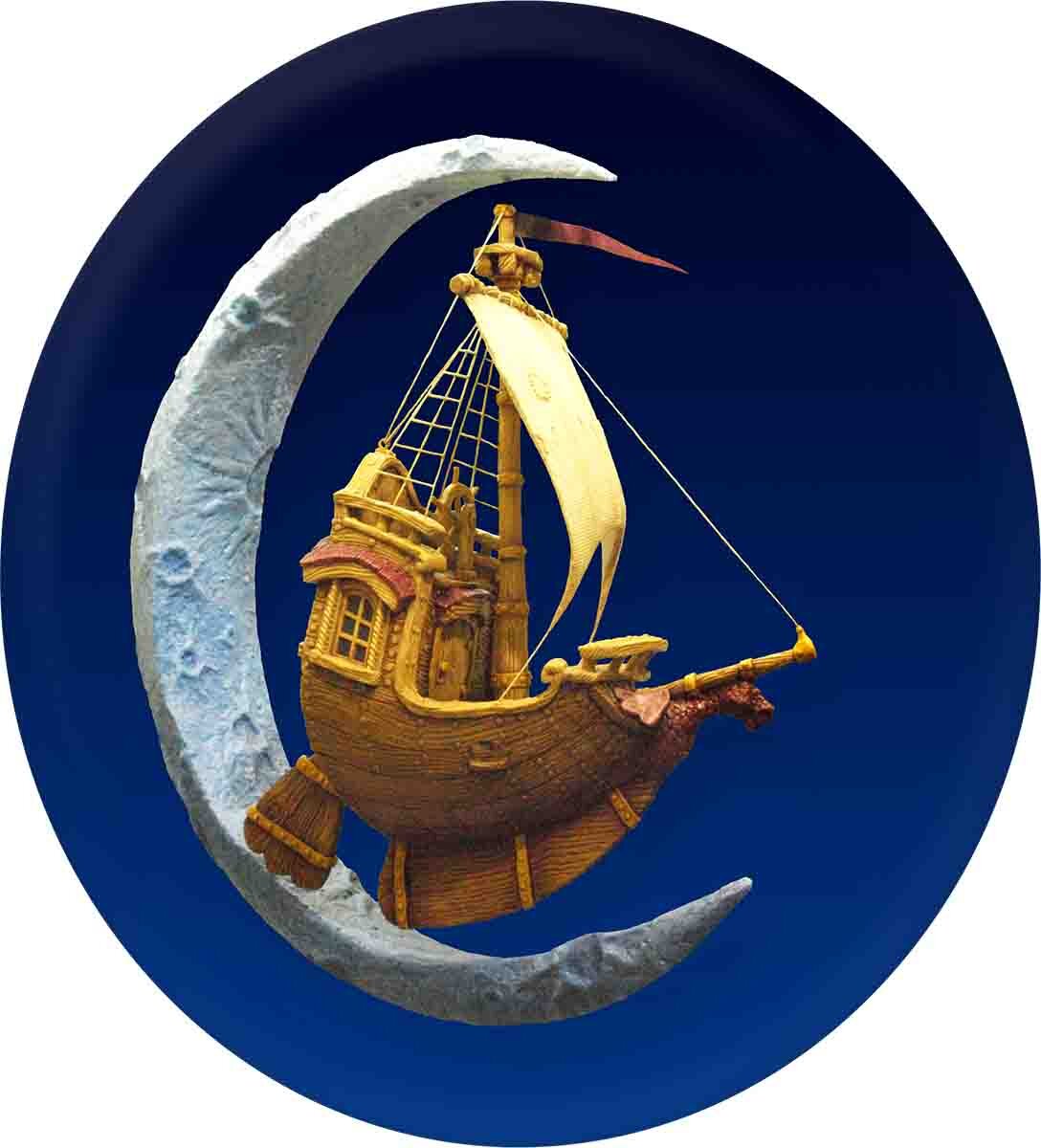On our first day of sculpting for the Fox & Hounds Pub project, we focused on the trees n the entryway. First, we troweled on a coat of fiberglass reinforced concrete — about 1" thick. (The mud was applied even thicker in key areas to allow various details to be carved in.)
Then the mud was allowed to set up until it was good and firm before we started sculpting.
Using a variety of tools — including pointing trowels and folded up scraps of expanded metal lath — each detail was painstakingly sculpted into the wet cement. We had to work quickl (at the same pace as the concrete was applied) in order to maintain a consistent texture from tree to tree.
We finished the two trees in just under eight hours. Next week we'll look at, how we carved the faux brick and stone walls — see you then.
















